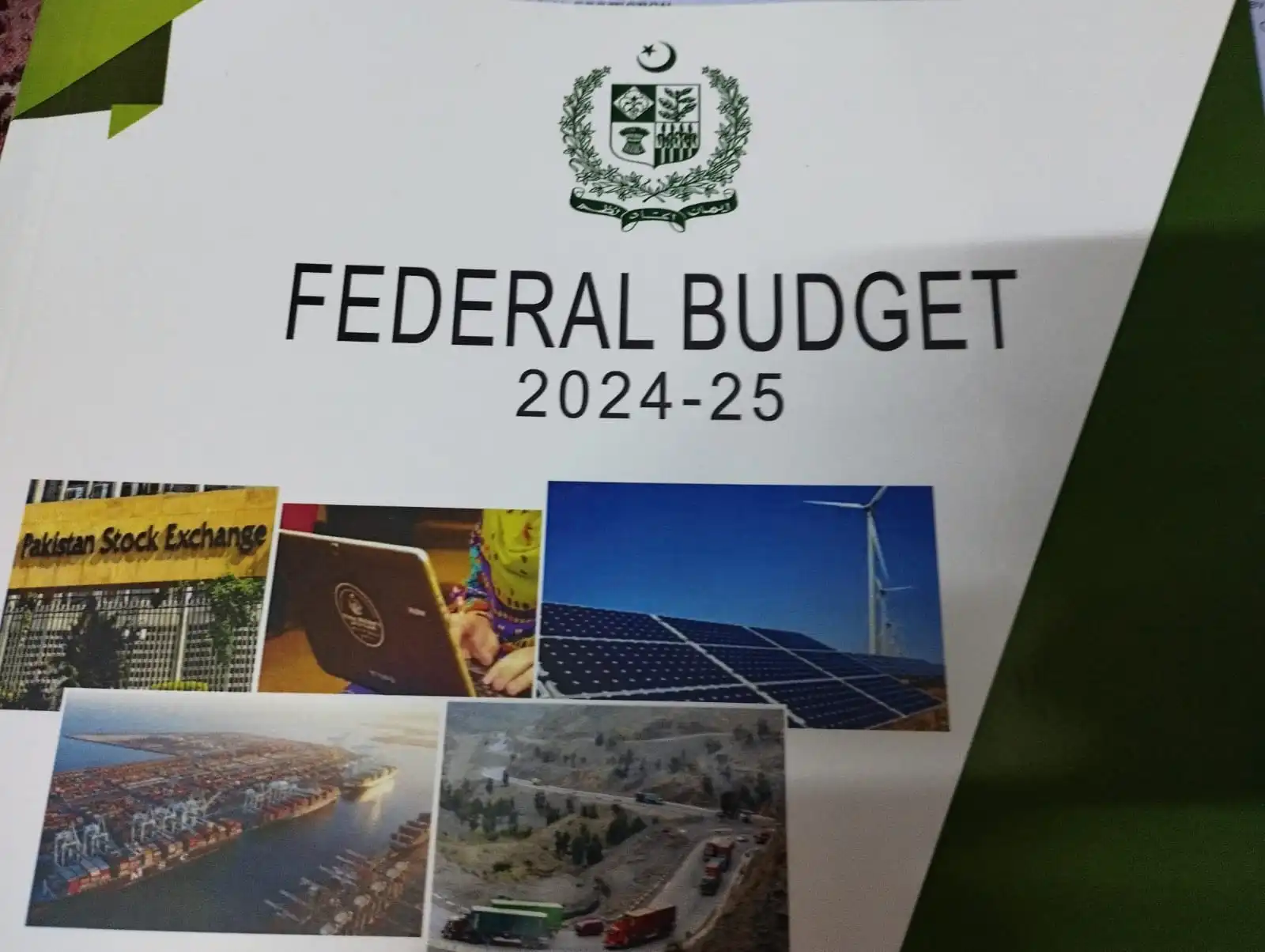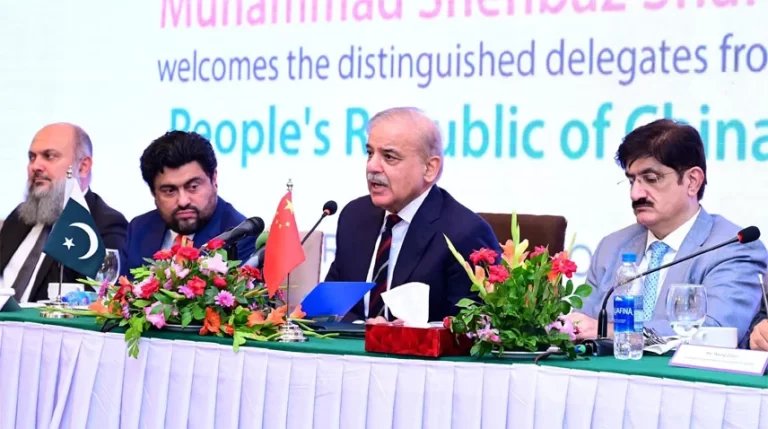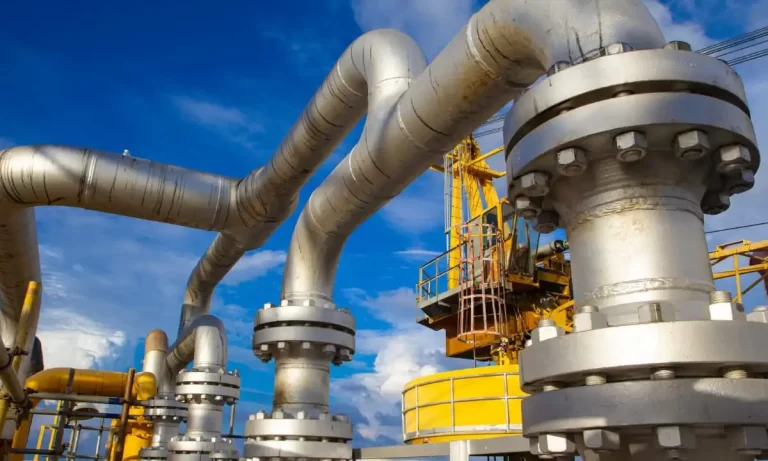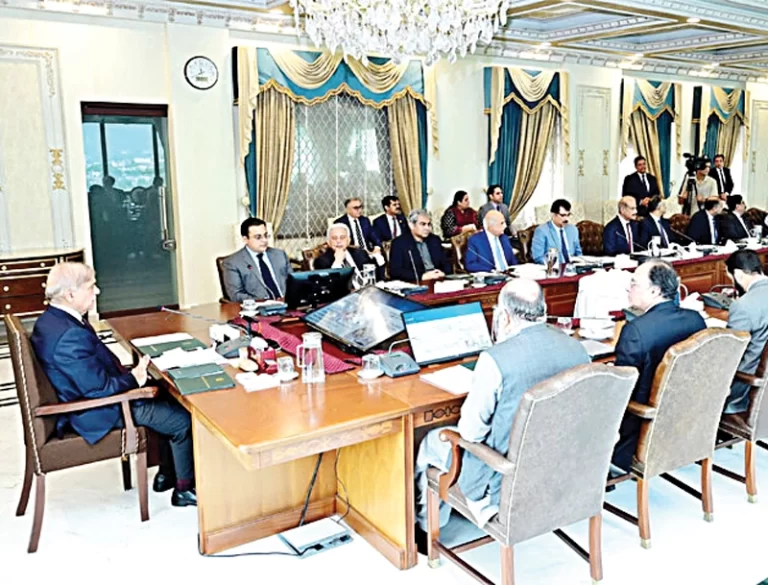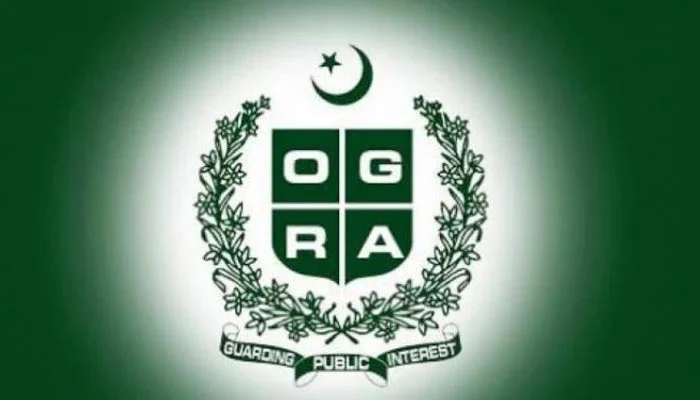Pakistan FY25 Budget: Ambitious Tax Reforms and Growth Targets Unveiled
Staff Report
The budget continues the fiscal consolidation seen last year, with most targets aligning with IMF guidelines, aiding in securing long-term financing.
While no major reforms are evident in the export, energy, and other sectors, many tax exemptions have been removed.Budget 2024-25: Govt Allocates Rs 1.36 Trillion for Subsidies
The government has implemented significant tax measures to achieve incremental tax revenues of Rs3.7 trillion, raising total FBR taxes to Rs12.97 trillion from the current year’s estimated Rs9.25 trillion.
Including the Petroleum Development Levy (PDL) in tax revenues, the FBR tax-to-GDP ratio for FY25 is estimated to reach 11.5%, up from 9.62% in FY24. Over the past five years, this ratio has averaged 9.7% of GDP. Notably, PDL was considered a tax revenue until FY20.
We believe the tax measures under this budget are balanced and less inflationary than expected, as earlier it was speculated that the government would increase GST by 1%. These measures should pave the way for the IMF program, pending parliamentary approval,” Topline Research said.
Overall, the budget aims for a primary surplus of 2% of GDP, or Rs2.5 trillion (excluding the provincial surplus of 1% of GDP), which aligns with IMF guidelines, as reported by various newspapers.
Some key announcements from the budget are:
GDP Growth Target: The government has set a GDP growth target of 3.6% for FY25 (vs. provisional GDP growth of 2.4% in FY24). It expects the Agriculture, Industrial, and Services sectors to grow by 2.0%, 4.4%, and 4.1%, respectively, during FY25.
We believe the GDP target of 3.6% is achievable, as industries have started reflecting a V-shaped recovery. The Large Scale Manufacturing (LSM) index in 3QFY24 achieved growth of 1.47%, with approximately 50% of subsectors posting positive growth. With the expected decline in interest rates, the industrial growth target of 4.4% is feasible. Similarly, the services sector is projected to grow by 4.1%, supported by the low base, expected industrial recovery, and advances in banking.
Total Outlay: The total budget outlay is set at Rs18.87 trillion for FY25, a 25% increase.
Markup Expense: Markup expense is projected at Rs9.8 trillion, 18% higher than the revised estimate for FY24. The surge is primarily due to increased debt to finance the fiscal deficit, taking markup expense as a percentage of tax revenues to 75%, up from a five-year average of 63%. However, actual interest expenses for FY25 may be lower than projected due to an expected fall in interest rates.
Current Expenditure: Total current expenditures are estimated at Rs17.2 trillion for FY25, up 21% from the revised estimates for FY24. The government has earmarked Rs1.4 trillion for subsidies, compared to Rs1.0 trillion in FY24.
Development Expenditure: Development expenditure is estimated at Rs3.8 trillion for FY25, a 58% YoY increase. Within this, the federal PSDP is set at Rs1.5 trillion, an 80% increase from the revised figure for FY24. In the federal PSDP, 81% of the budget is allocated to existing projects, with 19% for new projects.
Defense Expenditure: Defense expenditure is set at Rs2.1 trillion for FY25, a 14% increase from Rs1.86 trillion in FY24.
Revenue: The FBR tax revenue target is set at Rs12.97 trillion, a 40% increase from the estimated Rs9.25 trillion in FY24. This is higher than the average growth of 20% over the last five years. While the target is ambitious, we believe the government can collect around Rs12 trillion based on the new tax measures. The remaining amount can be achieved through a reduction in the significantly higher PSDP allocation.
The non-tax revenue target is set at Rs4.8 trillion, a 64% increase from last year’s revised estimate of Rs2.9 trillion. The government has budgeted Rs1.3 trillion under the Petroleum Development Levy (PDL), a 33% increase from last year’s estimate of Rs960 billion. From the State Bank, the government has estimated dividends of Rs2.5 trillion, a 157% increase from last year’s Rs972 billion, which seems higher than the governor’s statement in an analyst briefing on April 29, 2024, that “SBP will provide over Rs2 trillion to the government next year.”
Fiscal Deficit: The government estimates a fiscal deficit of Rs7.3 trillion, 5.9% of GDP (6.8% excluding provincial surplus) for FY25, compared to an estimated fiscal deficit of Rs7.8 trillion, 7.4% of GDP (7.9% excluding provincial surplus) in FY24. This includes a provincial surplus of Rs1.2 trillion in FY25, compared to a revised estimate of Rs539 billion in FY24.
Primary Balance: The government targets a primary surplus of Rs2.5 trillion (2.0% of GDP) for FY25, versus an estimated surplus of 0.4% in FY24. The IMF estimates a primary surplus of 0.4% of GDP for FY25 in its May 2024 report. Excluding the provincial surplus, the primary surplus would be 1% of GDP for FY25 and a deficit of 0.13% for FY24E.
Current Account: The government projects a current account deficit of US$3.7 billion for FY25, higher than the expected surplus of US$100-200 million in FY24.
Taxation Measures: The government relies on a natural increase in tax revenues in line with an estimated 17% increase in nominal GDP, along with the following measures:
- Increase in Federal Excise Duty (FED) on cement by Rs1/kg to Rs3/kg, yielding approximately Rs40 billion.
- Pension reforms saving approximately Rs40-45 billion.
- Increase in capital gains tax for non-filers to 45%, while maintaining a uniform 15% for filers.
- Exporters (textile, IT, and rice) will pay normal tax instead of the previous 1% full and final tax, contributing an extra Rs50-100 billion.
- Tier I retailers of textile and leather will pay 18%, up from 15%.
- Standard sales tax of 18% on mobile phones, adding Rs50-100 billion in revenues.
- Phased removal of sales tax exemptions granted to FATA/PATA, contributing an additional Rs10-20 billion.
- Removal of exemptions on customs duties for importing hybrid and luxury electric vehicles.
- Reduction in the number of tax slabs for salaried individuals, while keeping the maximum tax unchanged; the maximum slab for non-salaried individuals is increased to 45%.
- Increase in advance withholding tax on non-filers (retailers, wholesalers, and distributors) to 2.5% from 1%.
- Increase in PDL limit to Rs80 per liter (minimum Rs60) on HSD and MS oil, helping collect around Rs350 billion.


